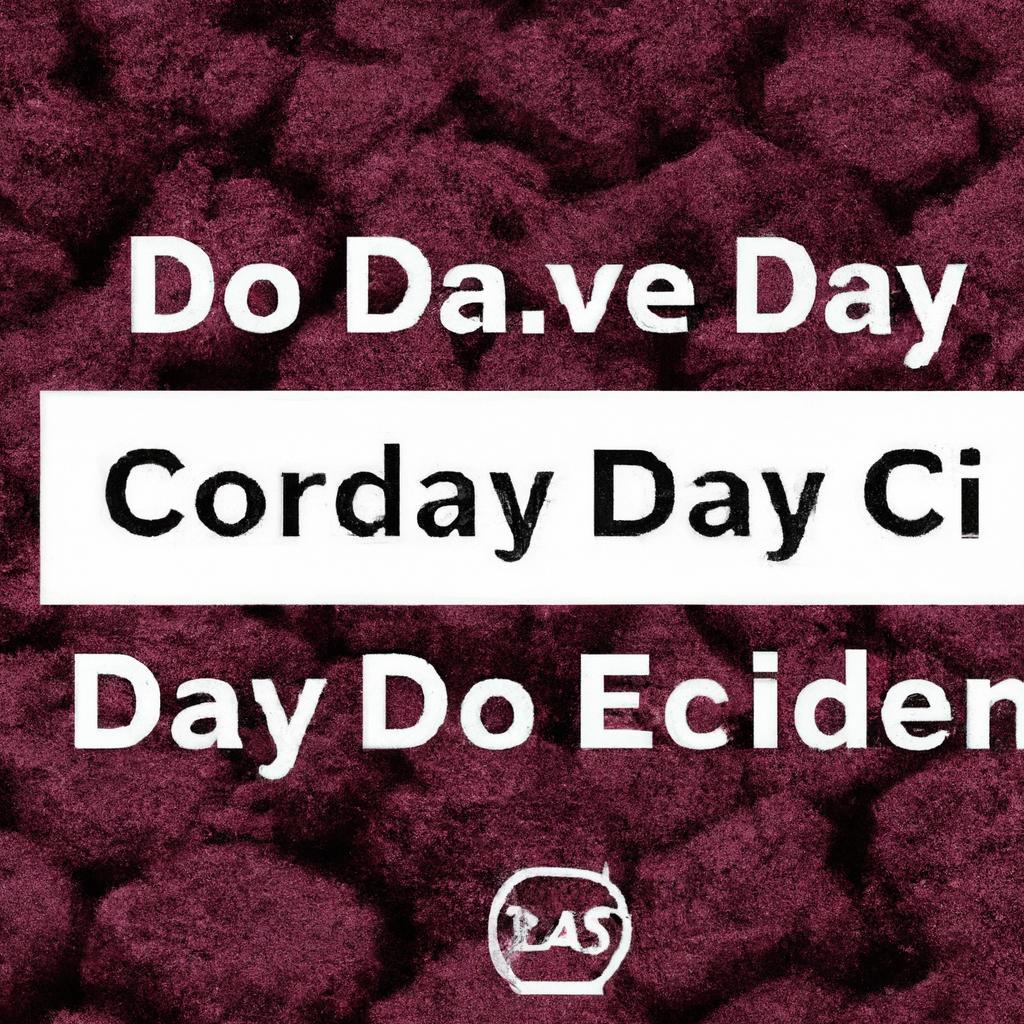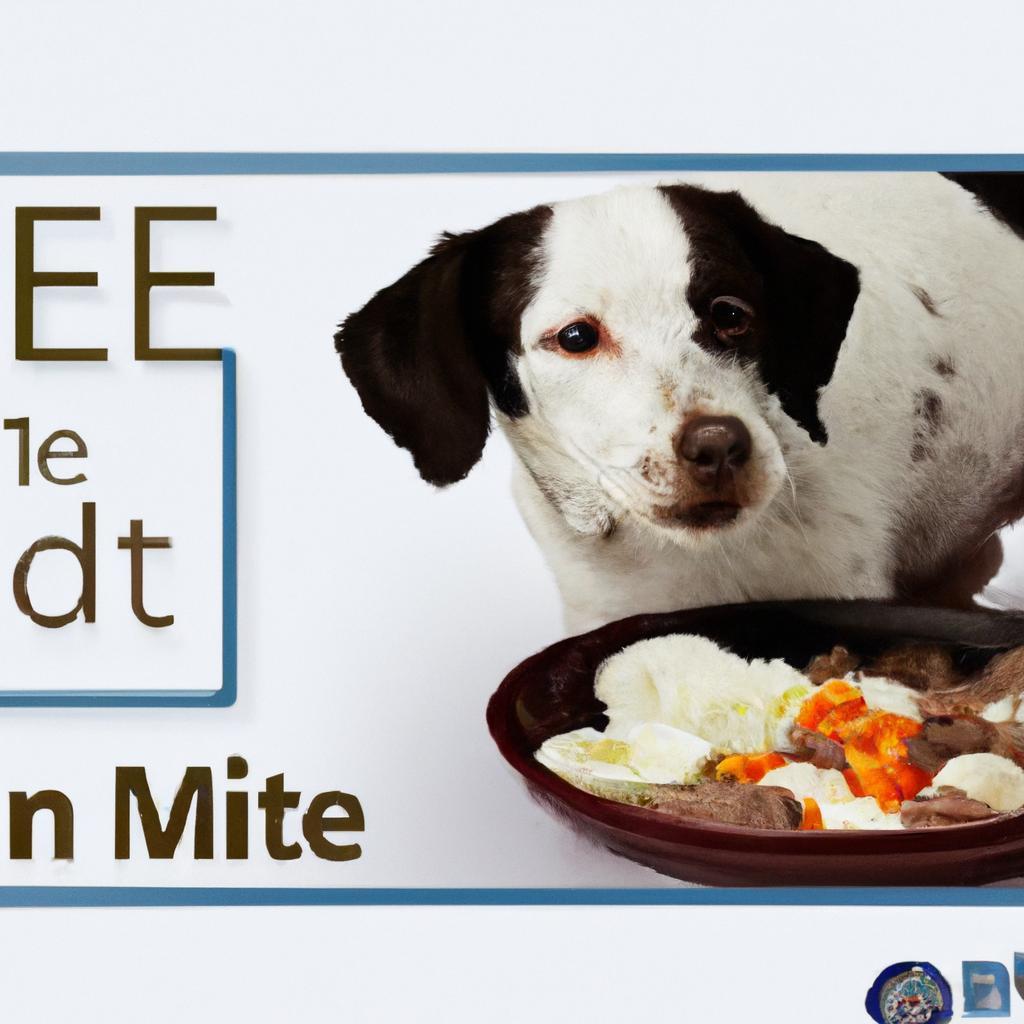Imagine a bustling kitchen where the aroma of freshly cooked pasta fills the air. You glance down at your furry friend, eyes wide with anticipation. But can you swap their usual rice for this delightful dish? The answer is yes! Dogs can enjoy pasta in moderation, as it’s a source of carbohydrates and energy. Just ensure it’s plain, without sauces or seasonings. By introducing pasta occasionally, you can add variety to their diet while keeping mealtime exciting. So, why not treat your pup to a pasta night? They’ll love you for it!
Contents
- Understanding the Nutritional Needs of Dogs in Relation to Carbohydrates
- Evaluating the Benefits and Drawbacks of Pasta as a Dog Food Alternative
- Practical Guidelines for Incorporating Pasta into Your Dogs Diet
- Expert Recommendations for Balanced Meals: Pasta Versus Rice for Dogs
- Q&A
Understanding the Nutritional Needs of Dogs in Relation to Carbohydrates
When considering the dietary options for dogs, it’s essential to understand their unique nutritional requirements, particularly regarding carbohydrates. Dogs are omnivores, which means they can derive energy from a variety of food sources, including both animal and plant-based ingredients. While proteins and fats are crucial for their overall health, carbohydrates also play a significant role in providing energy and supporting various bodily functions.
Carbohydrates can be found in many forms, including grains, vegetables, and legumes. When comparing pasta and rice, it’s important to note that both can serve as carbohydrate sources in a dog’s diet. However, the nutritional profile of these foods varies. Pasta, made primarily from wheat, contains gluten, which some dogs may be sensitive to. On the other hand, rice is generally easier to digest and is often recommended for dogs with gastrointestinal issues.
Incorporating carbohydrates into a dog’s diet can offer several benefits, such as:
- Energy Supply: Carbohydrates are a quick source of energy, helping to fuel your dog’s daily activities.
- Digestive Health: Certain carbohydrates, especially those found in whole grains and vegetables, can promote healthy digestion.
- Weight Management: Controlled portions of carbohydrates can help maintain a healthy weight, as they provide satiety without excessive calories.
Ultimately, the choice between pasta and rice should be based on your dog’s specific health needs and dietary preferences. While both can be included in a balanced diet, it’s crucial to monitor your dog’s response to these foods. If you decide to introduce pasta, ensure it is cooked thoroughly and served in moderation, as excessive carbohydrate intake can lead to weight gain and other health issues. Consulting with a veterinarian can provide personalized guidance tailored to your dog’s individual nutritional requirements.
Evaluating the Benefits and Drawbacks of Pasta as a Dog Food Alternative
When considering pasta as a substitute for rice in your dog’s diet, it’s essential to weigh both the advantages and disadvantages. On the positive side, pasta is a source of carbohydrates that can provide energy for your furry friend. It is often easier to digest than some other grains, making it a suitable option for dogs with sensitive stomachs. Additionally, pasta can be a versatile ingredient, allowing you to mix it with various proteins and vegetables, enhancing the overall nutritional profile of your dog’s meal.
However, there are some drawbacks to using pasta as a primary food source for dogs. **Pasta is high in carbohydrates**, which can lead to weight gain if not balanced with appropriate portions and exercise. Dogs, unlike humans, do not require as many carbs in their diet, and excessive intake can contribute to obesity and related health issues. Furthermore, many commercial pasta varieties contain additives or preservatives that may not be suitable for canine consumption, potentially leading to digestive upset.
Another consideration is the nutritional content of pasta compared to rice. While both are carbohydrate sources, rice, particularly brown rice, offers more fiber and essential nutrients. **Rice is often recommended for dogs recovering from gastrointestinal issues** due to its blandness and ease of digestion. In contrast, pasta may not provide the same level of dietary fiber, which is crucial for maintaining a healthy digestive system in dogs.
Ultimately, if you choose to incorporate pasta into your dog’s diet, moderation is key. **Consulting with a veterinarian** can help determine the appropriate balance of pasta and other food components to ensure your dog receives a well-rounded diet. By carefully evaluating the benefits and drawbacks, you can make an informed decision that supports your dog’s health and well-being while still enjoying the occasional pasta dish together.
Practical Guidelines for Incorporating Pasta into Your Dogs Diet
Incorporating pasta into your dog’s diet can be a delightful way to diversify their meals while ensuring they receive essential nutrients. When considering pasta as an alternative to rice, it’s crucial to choose the right type. **Whole grain or gluten-free pasta** options are preferable, as they provide more fiber and nutrients compared to regular white pasta. Always ensure that the pasta is cooked thoroughly and served plain, without any sauces or seasonings that could be harmful to your furry friend.
Portion control is essential when adding pasta to your dog’s meals. **Moderation is key**; pasta should only make up a small portion of their overall diet. A good rule of thumb is to limit pasta to about **10% of their daily caloric intake**. This helps maintain a balanced diet while preventing any potential digestive issues that could arise from overindulgence. Always consult with your veterinarian to determine the appropriate serving size based on your dog’s size, age, and activity level.
When introducing pasta to your dog’s diet, it’s wise to start slowly. Begin with a small amount mixed into their regular food, observing how they react. Look for any signs of discomfort or allergies, such as **gas, bloating, or changes in stool consistency**. If your dog tolerates the addition well, you can gradually increase the amount while still keeping it within the recommended limits. This gradual approach helps ensure a smooth transition and allows you to monitor your dog’s health closely.
remember that pasta should not replace the primary components of your dog’s diet, such as high-quality protein and vegetables. Instead, think of it as a fun and nutritious supplement. By incorporating pasta thoughtfully, you can enhance your dog’s meals and keep their diet exciting. Always prioritize their health and well-being by choosing safe ingredients and maintaining a balanced diet tailored to their specific needs.
Expert Recommendations for Balanced Meals: Pasta Versus Rice for Dogs
When considering the best carbohydrate sources for your dog, both pasta and rice have their merits, but expert recommendations often lean towards rice for its digestibility and nutritional profile. **Rice**, particularly white rice, is known for being gentle on the stomach, making it an excellent choice for dogs with sensitive digestive systems. It is also low in fiber, which can help dogs recovering from gastrointestinal issues. In contrast, while pasta can be a tasty treat, it may not offer the same level of digestibility, especially for dogs prone to food sensitivities.
Another factor to consider is the nutritional content of these carbohydrates. **Rice** is a good source of energy and provides essential vitamins and minerals, such as B vitamins and magnesium. It also has a lower glycemic index compared to pasta, which can help maintain stable blood sugar levels in dogs. On the other hand, **pasta** can be higher in calories and carbohydrates, which may not be ideal for dogs that are overweight or less active. Therefore, when choosing between the two, rice often emerges as the more balanced option for regular meals.
Portion control is crucial when incorporating either carbohydrate into your dog’s diet. Experts recommend that carbohydrates should only make up about **10-20%** of your dog’s overall diet. This means that whether you choose rice or pasta, moderation is key. If you opt for pasta, ensure it is plain and cooked without any sauces or seasonings that could be harmful to your dog. Additionally, always consult with your veterinarian before making significant changes to your dog’s diet to ensure it meets their specific health needs.
Ultimately, while both pasta and rice can be included in your dog’s diet, **rice** is often the preferred choice for a balanced meal. It provides essential nutrients, is easier to digest, and poses fewer risks for dogs with dietary restrictions. If you want to introduce pasta as an occasional treat, do so sparingly and always prioritize your dog’s health and well-being. By making informed choices, you can ensure your furry friend enjoys a nutritious and balanced diet that supports their overall health.
Q&A
-
Is pasta safe for dogs to eat?
Yes, pasta is generally safe for dogs in moderation. It is a carbohydrate source that can provide energy. However, it should be cooked plain without any sauces or seasonings that could be harmful to dogs.
-
How does pasta compare to rice for dogs?
Pasta and rice are both carbohydrate sources, but rice is often easier for dogs to digest. If your dog has a sensitive stomach, rice may be a better option. However, pasta can be a suitable alternative if your dog tolerates it well.
-
Can pasta replace rice in a dog’s diet?
Pasta can be used as a substitute for rice occasionally, but it should not be the primary carbohydrate source. A balanced diet for dogs typically includes a variety of foods, so it’s best to rotate between rice, pasta, and other grains.
-
What should I consider before feeding my dog pasta?
Before introducing pasta into your dog’s diet, consider their overall health, dietary needs, and any food allergies. Always consult with your veterinarian to ensure that pasta is appropriate for your dog’s specific dietary requirements.
while pasta can be a tasty and safe alternative to rice for your dog, moderation is key. Always consult your veterinarian to ensure a balanced diet that meets your pet’s specific needs. Make informed choices for your furry friend’s health!

大家好,我是彼得潘,專業的手法身體治療師。我喜歡探索和研究各種主題,並透過與人工智慧的合作分享專業、實用、有趣的文章。我們定期進行人工審核,以確保內容的準確性。如果您發現文章中有任何不準確的地方,請隨時與我們聯繫,我們會及時糾正。您可以透過 [email protected] 與我們聯繫。



